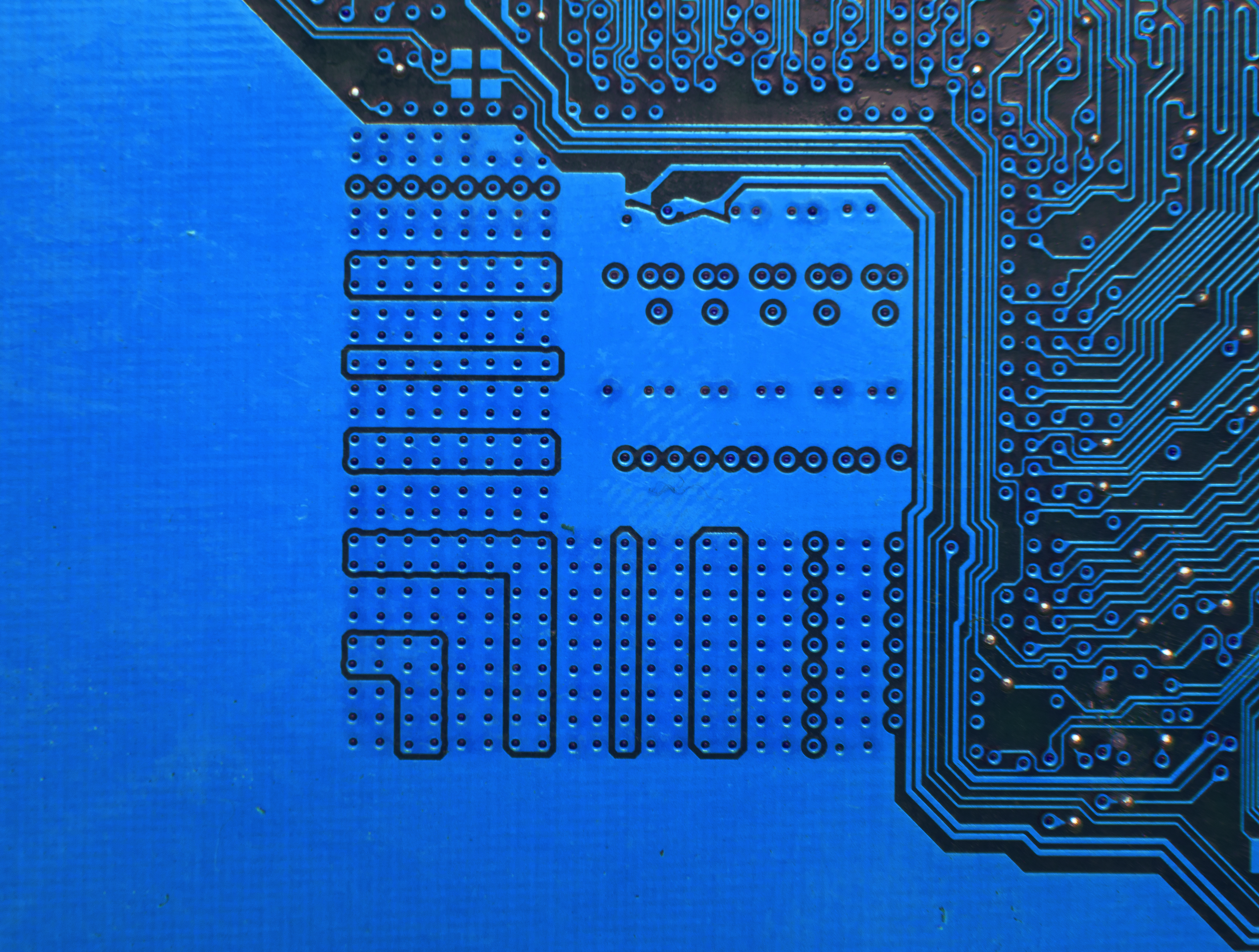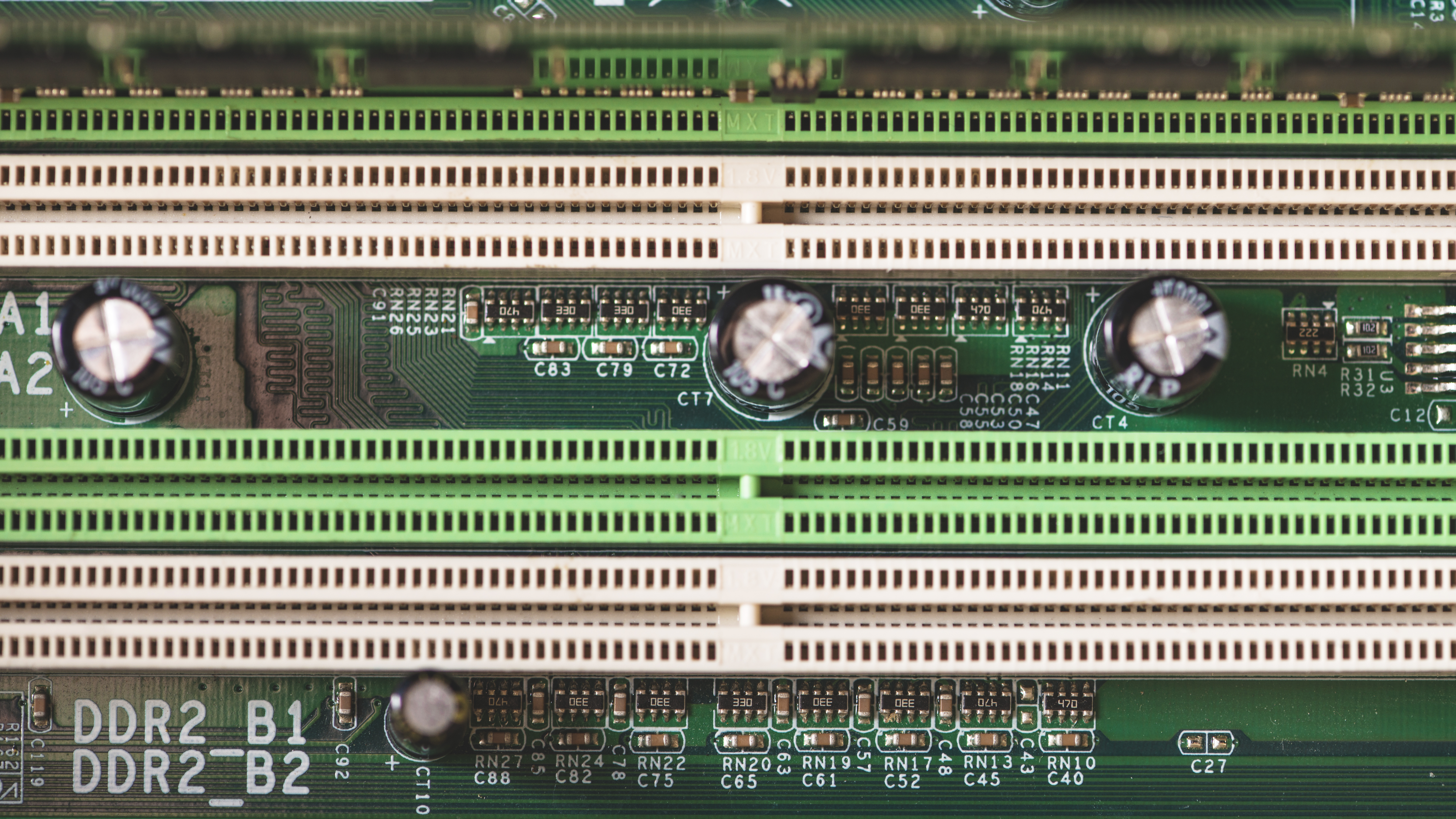Feb 26, 2024|Product Innovations and Design
Minimizing the PCB assembly cost in electronics manufacturing is crucial for competitive success. This requires balancing design complexity with cost optimizing board size, layer count, and materials without compromising functionality.
Utilizing advanced design software to avoid expensive revisions is also key to reducing PCB design costs. This article explores effective strategies on how to reduce PCB design costs, emphasizing the need for innovation and careful planning to achieve quality results at reduced expenses.
The strategic optimization of PCB design, focusing on parameters like track widths, spacing, via sizes, surface finishes, and copper weight, can lead to significant cost reductions in PCB design without sacrificing quality.
Table of Contents
Understanding PCB Design Costs
Before answering how do you optimize a PCB design, you must understand what makes PCB cost the amount it does. Key cost determinants include:
Board Size/Complexity
To reduce PCB design costs effectively, you must select standard board sizes and simple, geometric shapes. This strategy minimizes production complexity and maximizes manufacturing efficiency, leading to significant cost savings.
Lead Time
Shortening lead times improves cash flow and operational efficiency by reducing inventory burdens. Effective strategies include closely coordinating with manufacturers for streamlined production and choosing suppliers known for quick turnaround times, optimizing cost and time.
Layers
Minimizing the number of layers in design PCBs is essential for cost control, as each additional layer raises fabrication costs. Efficient design requires balancing the need for layers against cost, opting for multilayer configurations only when necessary for circuit complexity. This approach not only reduces expenses but also simplifies manufacturing, improving reliability.
Raw Materials
Selecting appropriate raw materials is crucial for controlling costs. Balancing material performance, durability, and cost is key. Streamlined designs and bulk purchasing can reduce material costs, creating cost-effective and reliable PCB designs.

Surface Finish
Options like HASL, Tin, and OSP are economical and maintain solderability while protecting copper surfaces. Effective cost management involves selecting finishes that balance cost with performance, ensuring the integrity and functionality of the PCB without overspending for simple designs.
Drill Hole Size and Count
Effectively managing PCB design costs involves optimizing drill hole size and count. Using larger drill holes where possible and reducing the overall number of holes simplifies fabrication and cuts costs. Avoiding unnecessary small holes and carefully adjusting drill specifications for an economical yet functional PCB design is important.
Surface Mount Technology (SMT)
SMT reduces board size and streamlines assembly with efficient component placement and higher-density layouts, thus lowering material costs. Its automation also speeds up production and reduces labor expenses, enhancing the overall cost-efficiency of PCB manufacturing.
Filling Vias
Designers should opt for standard sizes and optimize spacing to control expenses. While filled vias improve structural integrity and thermal management, their use should be balanced against the additional costs, ensuring they are employed only when the performance benefits justify the expense.
Add-Ons
Emphasizing simplicity in components and design and using bulk orders and standard services helps achieve significant savings. Additionally, staying aware of external factors like exchange rates and material costs is essential for cost-effective design.

Manufacturer Selection
Selecting the right PCB manufacturer is crucial for cost management. Effective strategies include comparing prices, negotiating volume discounts, and choosing standard board specifications to lower expenses.
Effective Design Strategies for Cost Reduction
We have compiled effective design strategies that can help you reduce the engineering costs of PCBs.
Surface Mount Technology over Through Hole
Switching to Surface Mount Technology (SMT) from traditional through-hole methods is a key strategy for lowering PCB design costs. SMT allows for denser, more compact board layouts and automated assembly, reducing material usage and speeding up production.
This makes SMT a favored choice among cost-conscious PCB designers for its efficiency and potential to decrease per-unit expenses.
Space Assessment and Array Design
Enhancing the cost-efficiency of Surface Mount Technology, careful space assessment, and array design in PCB layout optimize board space usage and reduce material costs. Making strategic material choices and evaluating processes ensures that performance needs are met economically.
Plated Through Hole Vias
Using Plated Through-Hole (PTH) vias is a cost-efficient approach in PCB design, offering savings compared to pricier via options. Properly balancing their size and functionality and choosing uniform annular rings and optimal hole sizes help minimize costs.
Avoiding filled vias also reduces expenses, leading to a cost-effective and functionally sound design.
Cost-effective Material
Choosing cost-effective materials is crucial for reducing PCB design cost. It’s important to select materials that balance performance and cost well and consider factors like batch sizes, exchange rates, and tariffs.
Opting for the right components, whether through-hole or surface-mount, also helps streamline costs, ensuring efficient and durable PCB fabrication.
Adjust Trace and Clearance Requirements
Adjusting trace width and clearance specifications is key to cost-effective PCB design. By adhering to industry standards and customizing these parameters to specific design needs, you can minimize material usage and simplify manufacturing.
Collaborating with fabricators for strategic adjustments ensures the design maintains functional integrity and cost efficiency, potentially reducing board size and material costs.
Future Trends in PCB Design
The PCB design trends for 2024 focus on sustainability, adaptability to new technologies, and efficiency:
- Sustainability: Emphasis on eco-friendly manufacturing, highlighted by innovations like water-soluble PCBs.
- IoT Adaptation: PCBs are being designed to accommodate the growing needs of the IoT market, focusing on smaller, denser, and more flexible products.
- Flexibility with Flex PCBs: There is increasing use of flexible PCBs in various industries despite the cost challenges due to their unique manufacturing needs.
- 3D Printing: Gaining popularity in PCB manufacturing for its flexibility in design, cost-effectiveness, and environmental benefits.
- High-Density Interconnect PCBs: HDI PCBs are becoming essential for modern electronics due to their enhanced capabilities and suitability for compact devices.
- 5G Technology: PCB designs are evolving to support the demands of 5G technology, focusing on smaller, lighter, and thinner designs.
- Artificial Intelligence: AI’s influence is shaping PCB design to be more powerful, reliable, and adaptable to AI and machine learning applications.
Conclusion
By mastering techniques such as leveraging volume discounts, selecting strategic partners, and strictly adhering to best design practices, designers can balance economic and functional objectives, ensuring cost-effective fabrication.
As technology evolves, ongoing innovation in these design techniques will further augment the efficiency and cost-effectiveness of PCB manufacturing processes.
- Sunny Patel is the Engineering and Sales Manager at Candor Industries. Sunny is trained as a IPC-A-600 trainer, AS9100 Lead auditor, IPC CID and got his Engineering degree at the University of Toronto.
Latest entries
- February 27, 2024Technological Advancements and MaterialsHow to Order a PCB Assembly
- February 26, 2024Product Innovations and DesignReduce PCB Design Cost
- February 7, 2024Technological Advancements and MaterialsNavigating Low-Cost PCB Assembly
- January 24, 2024Quality and TestingA Guide To Automated Optical Inspection (AOI)


